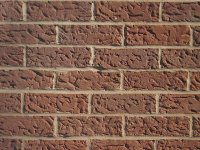John151
John
This is my first digiscoped picture. What went wrong? My pictures are unsharp and full of noise. So I used neat image on it. For the chaffinch I used 400 ISO and auto mode. This resulted in 1/30 s @ f4.7. There is no manual exposure mode. There is no soft release so I used the self timer. I used auto focus rather than close up or infinity settings. I took the pictures from inside the house to avoid wind. I suspect that the 1/30 s says it all.
Will someone please advise on best camera settings, My equipment comprises:-
Swarovski 65 AT with 20-60x eye piece.
Swarovski DCA bracket
Ixus 400 camera.
Will someone please advise on best camera settings, My equipment comprises:-
Swarovski 65 AT with 20-60x eye piece.
Swarovski DCA bracket
Ixus 400 camera.
Attachments
Last edited:






